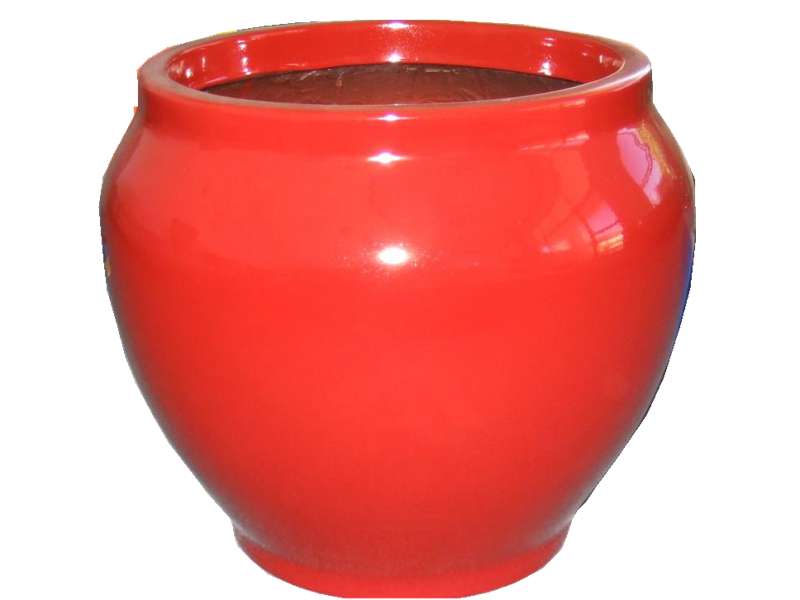
-
 Afrikaans
Afrikaans -
 Albanian
Albanian -
 Amharic
Amharic -
 Arabic
Arabic -
 Armenian
Armenian -
 Azerbaijani
Azerbaijani -
 Basque
Basque -
 Belarusian
Belarusian -
 Bengali
Bengali -
 Bosnian
Bosnian -
 Bulgarian
Bulgarian -
 Catalan
Catalan -
 Cebuano
Cebuano -
 China
China -
 China (Taiwan)
China (Taiwan) -
 Corsican
Corsican -
 Croatian
Croatian -
 Czech
Czech -
 Danish
Danish -
 Dutch
Dutch -
 English
English -
 Esperanto
Esperanto -
 Estonian
Estonian -
 Finnish
Finnish -
 French
French -
 Frisian
Frisian -
 Galician
Galician -
 Georgian
Georgian -
 German
German -
 Greek
Greek -
 Gujarati
Gujarati -
 Haitian Creole
Haitian Creole -
 hausa
hausa -
 hawaiian
hawaiian -
 Hebrew
Hebrew -
 Hindi
Hindi -
 Miao
Miao -
 Hungarian
Hungarian -
 Icelandic
Icelandic -
 igbo
igbo -
 Indonesian
Indonesian -
 irish
irish -
 Italian
Italian -
 Japanese
Japanese -
 Javanese
Javanese -
 Kannada
Kannada -
 kazakh
kazakh -
 Khmer
Khmer -
 Rwandese
Rwandese -
 Korean
Korean -
 Kurdish
Kurdish -
 Kyrgyz
Kyrgyz -
 Lao
Lao -
 Latin
Latin -
 Latvian
Latvian -
 Lithuanian
Lithuanian -
 Luxembourgish
Luxembourgish -
 Macedonian
Macedonian -
 Malgashi
Malgashi -
 Malay
Malay -
 Malayalam
Malayalam -
 Maltese
Maltese -
 Maori
Maori -
 Marathi
Marathi -
 Mongolian
Mongolian -
 Myanmar
Myanmar -
 Nepali
Nepali -
 Norwegian
Norwegian -
 Norwegian
Norwegian -
 Occitan
Occitan -
 Pashto
Pashto -
 Persian
Persian -
 Polish
Polish -
 Portuguese
Portuguese -
 Punjabi
Punjabi -
 Romanian
Romanian -
 Russian
Russian -
 Samoan
Samoan -
 Scottish Gaelic
Scottish Gaelic -
 Serbian
Serbian -
 Sesotho
Sesotho -
 Shona
Shona -
 Sindhi
Sindhi -
 Sinhala
Sinhala -
 Slovak
Slovak -
 Slovenian
Slovenian -
 Somali
Somali -
 Spanish
Spanish -
 Sundanese
Sundanese -
 Swahili
Swahili -
 Swedish
Swedish -
 Tagalog
Tagalog -
 Tajik
Tajik -
 Tamil
Tamil -
 Tatar
Tatar -
 Telugu
Telugu -
 Thai
Thai -
 Turkish
Turkish -
 Turkmen
Turkmen -
 Ukrainian
Ukrainian -
 Urdu
Urdu -
 Uighur
Uighur -
 Uzbek
Uzbek -
 Vietnamese
Vietnamese -
 Welsh
Welsh -
 Bantu
Bantu -
 Yiddish
Yiddish -
 Yoruba
Yoruba -
 Zulu
Zulu
frp products for steel smelting plant
FRP Products for Steel Smelting Plants
In the rapidly evolving industrial landscape, the steel smelting sector has made significant strides toward improving efficiency, safety, and environmental sustainability
. One of the most innovative advancements in this field is the application of Fiber Reinforced Polymer (FRP) products. Known for their exceptional characteristics, FRP materials are proving to be a game-changer in the construction and operation of steel smelting plants.FRP products are composed of a polymer matrix reinforced with fibers, usually glass or carbon, which endow them with superior strength-to-weight ratios and corrosion resistance. These properties make FRP a preferable alternative to traditional materials like steel and concrete in harsh environments, such as those encountered in steel smelting.
One of the primary uses of FRP in steel smelting plants is in the construction of structural components. The weight-saving advantages of FRP can lead to a reduction in the overall load on foundations and support structures, creating significant cost savings during the construction phase. Moreover, FRP’s high resistance to chemical attacks ensures longevity and reduces maintenance costs compared to traditional materials, which can degrade over time in corrosive environments.
Additionally, FRP is utilized in the fabrication of tanks, pipes, and ducts that handle various chemicals and waste byproducts produced during the smelting process. For instance, acidic waste effluents and other aggressive chemicals are common in steel production, and the use of FRP in these applications ensures that leaks and failures are minimized. By preventing corrosion, FRP products help maintain operational efficiency while also minimizing environmental risks.
frp products for steel smelting plant

Another critical application of FRP in steel smelting plants is in safety equipment. Given the high temperatures and hazardous working conditions inherent to steel production, FRP can be employed to manufacture ladders, platforms, and safety barriers that are heat resistant, lightweight, and easier to handle. This not only enhances worker safety but also streamlines operations within the plant.
Furthermore, the aesthetic appeal and design flexibility of FRP products can lead to improved workplace conditions. By incorporating FRP into facility design, steel smelting plants can create a more pleasant and safe working environment, which contributes to employee morale and productivity.
While the initial investment in FRP products may be higher than traditional materials, the long-term benefits can far outweigh the costs. The durability, low maintenance needs, and energy efficiency of FRP solutions contribute to reduced operational costs and significantly lower total lifecycle costs. As industries continue to prioritize sustainability, the adoption of FRP products aligns with broader goals of reducing carbon footprints and increasing energy efficiency.
In conclusion, FRP products represent a transformative advancement in the steel smelting industry. With their unique properties offering benefits in strength, durability, and chemical resistance, FRP materials are poised to become indispensable in optimizing steel production processes. The integration of FRP solutions not only enhances operational efficiency but also contributes to a safer and more environmentally compliant steel smelting ecosystem. As technology continues to evolve, FRP will undoubtedly lead the way in shaping the future of industrial manufacturing.
Latest news
-
Exploring the Benefits of Top Hammer Drifter Rods for Enhanced Drilling PerformanceNewsJun.10,2025
-
High-Precision Fiberglass Winding Machine for GRP/FRP Pipe Production – Reliable & Efficient SolutionsNewsJun.10,2025
-
FRP Pipes & Fittings for Shipbuilding - Corrosion-Resistant & LightweightNewsJun.09,2025
-
Premium FRP Flooring Solutions Durable & Slip-ResistantNewsJun.09,2025
-
Premium Fiberglass Rectangular Tanks Durable & Lightweight SolutionNewsJun.09,2025
-
Tapered Drill String Design Guide Durable Performance & UsesNewsJun.09,2025









